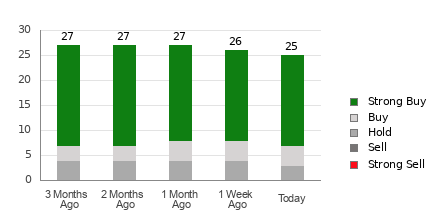Be cautious of succumbing to the belief that the market is unbeatable. Such a notion is baseless, especially when we cast our gaze beyond stocks and towards other investment vehicles.
Take preferred stocks, for instance – they are a fusion of bond-like stability and stock-like exchange trading. But the most enticing aspect lies in their income-generation. When procured through actively managed closed-end funds (CEFs), they yield 7% or more.
Moreover, certain preferred-stock CEFs trade at a discount to their net asset value (NAV), with some discounts even reaching double-digits. Adding to the allure, these funds consistently outperform their benchmarks, as we will presently observe.
Preferred-Stock CEFs: Shattering the Benchmark with Generous Yields
The academic community terms the belief in market invincibility as the “efficient market hypothesis.” Ironically, in 2013, Nobel laureates Eugene F. Fama and Lars Peter Hansen supported this theory, while at the same time, another Nobel recipient, Robert Schiller, challenged it, illustrating the intricate nature of the investment landscape.
Predictably, the markets are not entirely efficient, with fund managers frequently outdoing their benchmarks for prolonged periods. Preferred-stock CEFs aptly exemplify this phenomenon.
When observing the track record of those in existence for a decade or more, it becomes evident that all have surpassed the passive iShares Preferred & Income Securities ETF (PFF) over the past decade, as portrayed in the chart below:

The chart unmistakably highlights the substantial underperformance of PFF relative to the weakest-performing actively managed preferred-focused CEF, the Nuveen Preferred & Income Opportunities Fund (JPC), which yielded a considerably higher 62.9% return. On the flip side, the John Hancock Premium Dividend Fund (PDT) nearly doubled the index’s performance.
Aside from the impressive returns, these funds also offer substantial income streams, averaging an 8.5% yield versus PFF’s 6.5%. Furthermore, over half of these preferred-stock focused CEFs are currently trading at discounts, with the Flaherty & Crumrine Preferred Securities Income Fund (FFC) presenting the most substantial discount of over 11%.

While the current dividend yield for FFC may seem comparatively low for a CEF at 6.9%, it signifies a potential for investors to capitalize on capital gains above and beyond the impressive income. Moreover, historical evidence suggests that FFC has fluctuated between trading at a premium and a discount, with instances of trading above its asset value, even as recent as 2021.
For a more substantial yield, look no further than the John Hancock Premium Dividend Fund (PDT), boasting an extraordinary 9.1% payout, along with trading at a rare discount.

PDT previously commanded over a 20% premium and, more recently, experienced a significant selloff, resulting in its deepest discount range in a decade. Despite the possibility of reverting back to a double-digit discount, investors should view this as an opportunity. History teaches us that taking advantage of such circumstances often pays off, especially when combined with a 9.1% dividend yield.

While capitalizing on potential price gains is appealing, the reliability of dividends holds paramount importance since they provide a predictable income stream, an advantage of CEFs. These funds utilize the price gains their portfolios generate to produce 7%+ dividends for investors, with recurring monthly payouts.
Considering the current climate, my top 4 CEFs for 2024 with a current yield of 10.2% seem ripe for investment. Discover more details about each of these funds by clicking here. You’ll also receive a FREE Special Report delineating these funds, including their tickers, current yields, and discounts, facilitating a timely entry.
Also see:
Warren Buffett Dividend Stocks
Dividend Growth Stocks: 25 Aristocrats
Future Dividend Aristocrats: Close Contenders
The views and opinions expressed herein are the views and opinions of the author and do not necessarily reflect those of Nasdaq, Inc.







